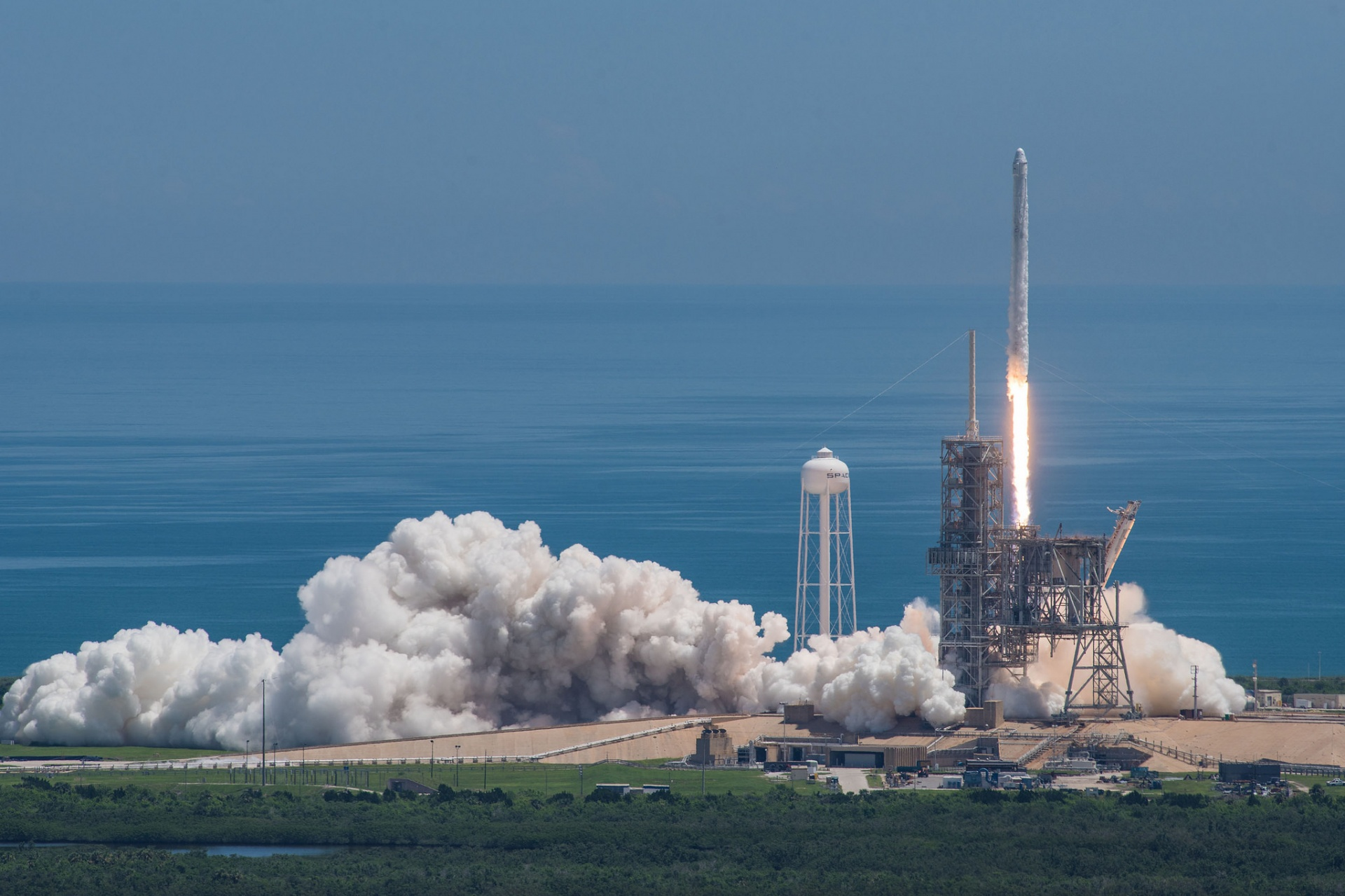
SpaceX’s first upgraded Starship V3 booster exploded during an early test in South Texas, damaging the lower section of the structure only hours after teams rolled it onto the pad. The incident occurred before engines were installed, highlighting how early the booster was in its test sequence.
Livestreamers Capture the Pre-Dawn Blast
Viewers monitoring SpaceX’s Starbase facility reported the explosion around 4:00 a.m. local time on Friday. Footage showed a blast that blew out one side of the booster’s lower segment while leaving the rest of the structure standing. Creators who visited the site later shared close-up images showing the extent of the damage.
Ars Technica reported that the booster did not yet contain rocket engines, distinguishing the event from the more dramatic fireball-style explosions tied to past Starship prototypes.
SpaceX Confirms the Incident and Opens an Investigation
SpaceX said on X that the team was conducting “gas system pressure testing” when the explosion occurred. The company confirmed that the test area had been cleared and that no one was injured.
“The teams need time to investigate before we are confident of the cause,” SpaceX wrote on Friday.
Starship V3’s Role in SpaceX’s Future Plans
The damaged booster is the first major component of Starship version three, designed to be larger, more powerful and more reliable than earlier versions. The company says V3 is intended to support on-orbit docking between multiple Starships, a capability needed for future missions to the moon and Mars. SpaceX flew the final Starship V2 design in October.
It remains unknown how the explosion will affect the company’s schedule. Any extended delay to testing could slow broader Starship development goals.
2026 Timeline and NASA Requirements
SpaceX has targeted a busy 2026 for Starship milestones, including an in-orbit demonstration of fuel transfer from a tanker Starship to another Starship. NASA requires proof of that capability before advancing to crewed moon missions, which SpaceX is reportedly aiming to begin in 2028.
Acting NASA administrator Sean Duffy has expressed concerns about SpaceX’s pace, saying the company is not moving quickly enough toward its moon-mission commitments. Duffy has also suggested he may consider shifting the contract to Jeff Bezos’ Blue Origin if needed.
Blue Origin Accelerates Its Own Rocket Program
Blue Origin performed its second launch of the New Glenn rocket last week, delivering its first NASA commercial payload and landing its first New Glenn booster. On Thursday, the company revealed an updated and larger New Glenn design that positions it more directly against Starship.
Featured image credits: Public Domain Pictures
For more stories like it, click the +Follow button at the top of this page to follow us.
